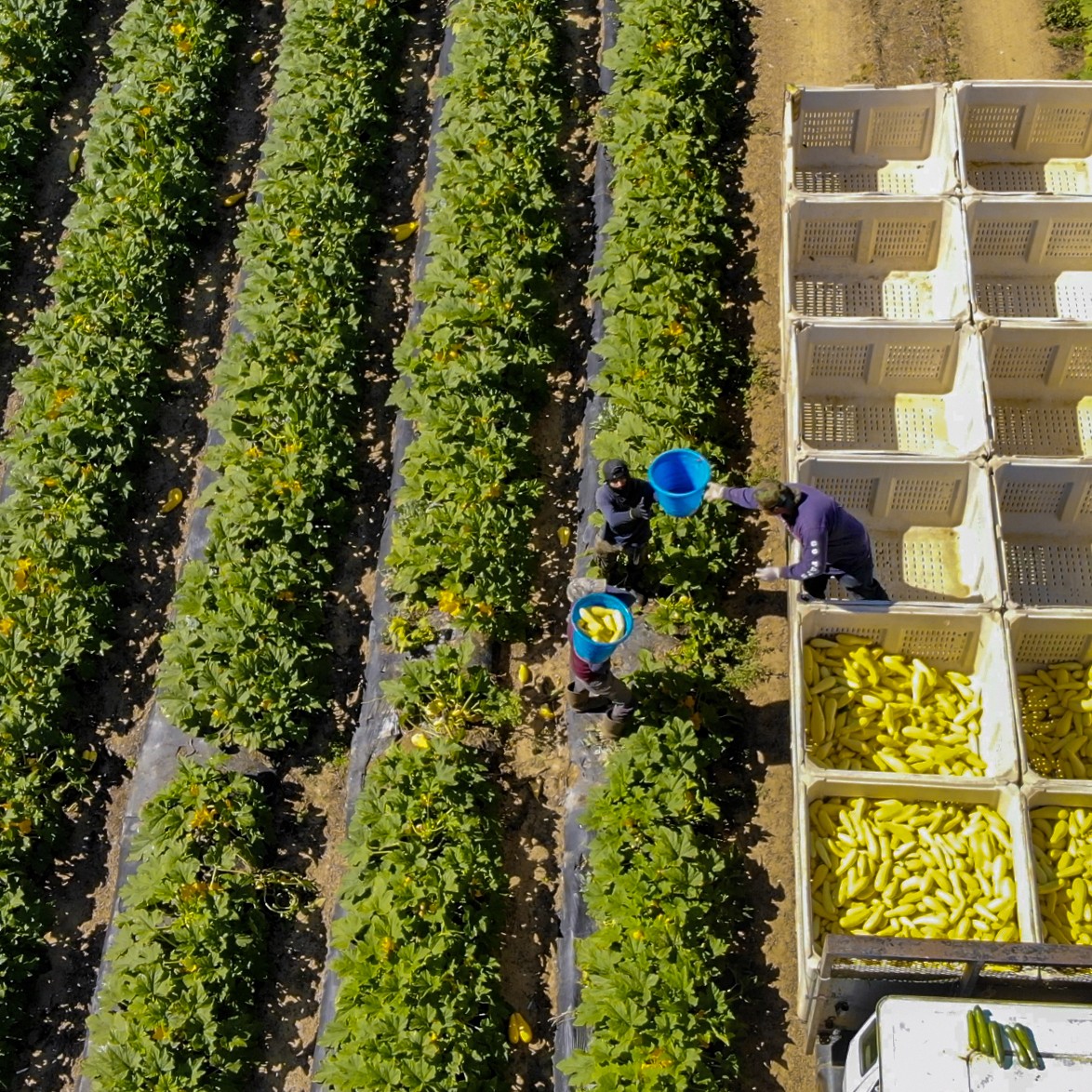The national average for the Adverse Effect Wage Rate (AEWR) is $17.33/hr., with individual states being held to a fluctuating rate. California’s current federally mandated AEWR is $19.75/hr., making it one of the top five highest in the nation. However, wage rates are not the only cost associated with the H-2A visa program. They are the tip of the iceberg.
When farmers and ranchers choose to participate in the H-2A visa program, it is designed to be a last resort. The H-2A visa program, which provides legal working status to workers from abroad on a temporary basis, is a federal program administered by individual states through their employment departments.
The program requires farmers and ranchers to prove there are no local workers willing and/or able to fill the available jobs in agriculture. First, agricultural employers must advertise for a local workforce for a minimum of 60 days before the first day of reporting for work. If no suitable employees are found locally, then both state and federal departments of labor must certify the absence of a local workforce before visa applications can be approved and processed.
Processing H-2A visa applications is costly and multilayered. The estimated cost to the employer averages about $2,000 per farmworker application. The cost of applying for farmworker visas is spread between the U.S. Department of Homeland Security, the U.S. Department of Labor, and the U.S. Department of Labor with additional costs tacked on if employers hire a contract labor firm for their expertise in handling all the details of working with federal and state employment agencies. In addition to the AEWR and application fees, agricultural employers are legally required to provide H-2A visa employees transportation to and from their home countries, housing while they are working in the United States, and medical and dental care should the need arise.
In 2024, more than 380,000 H-2A visas were granted to workers wishing to work in agricultural jobs in the United States, a 300 percent increase since 2010. H-2A visa workers are hired by an agricultural employer on a temporary work contract and are required to remain in the employ of the person who hired them or, if they wish, terminate their contract and return to their home country. This provides a stable, reliable workforce for agricultural employers. H-2A visa holders are guaranteed all the same protections as local workers, including workers’ compensation, protection from discrimination, rest and lunch breaks, and the right to voluntarily quit their jobs at any time. Moreover, if an H-2A visa holder is separated from their employment early, depending on the circumstances, they are often entitled to two-thirds of their total anticipated contract wages upon departure.
Earlier this year, it was suggested Medicaid recipients could fill the potential gap in the agricultural workforce created by deportations and lack of interest from American laborers. There are several fundamental flaws with that logic.
First, and foremost, when assessing the number of people receiving Medicaid benefits who are potentially available to work on farms, the number is quite small: about 2 million. In 2022, there were 2.6 million on-farm jobs in agriculture and more than 22 million jobs in ag-related industries, about 10 percent of the total American workforce. If every person receiving Medicaid benefits went to work on farms in the United States, farms and ranches would still be approximately 600,000 people short of being fully staffed.
Farm work is highly skilled labor that requires expertise at almost every level to be done well and with efficiency. There is no information regarding the job skills or physical abilities each Medicaid recipient possesses. If an individual is, for example, color blind, putting them to work picking tree fruit would be detrimental to the farm. Additionally, if a person with no experience around large machinery were thrust into a tractor-driving capacity, it is dangerous for the driver and the other people around them.
Geography also poses a challenge to assigning laborers to farms and ranches throughout the United States. Texas, Iowa, and Missouri lead the country in the number of farms and ranches total; with Texas more than doubling the next nearest state at a whopping 231,000 farms and ranches. Meanwhile, most Medicaid recipients live in Nex Mexico, Louisiana, and New York; with 34 percent of recipients residing in New Mexico.
It is time for real world agricultural labor solutions to be explored. Those solutions should include creativity and out-of-the-box thinking but they should still be grounded in reality. The reality of American agriculture is this: Americans have shown little interest in participating in local food production and hiring foreign labor to bolster food production is becoming cost prohibitive. For our local farmers and ranchers to remain competitive globally and productive locally, we must find a labor force that is both available and affordable.
Pam Lewison is a farmer, Pacific Research Institute fellow, and director of the Washington Policy Center’s Initiative on Agriculture.

